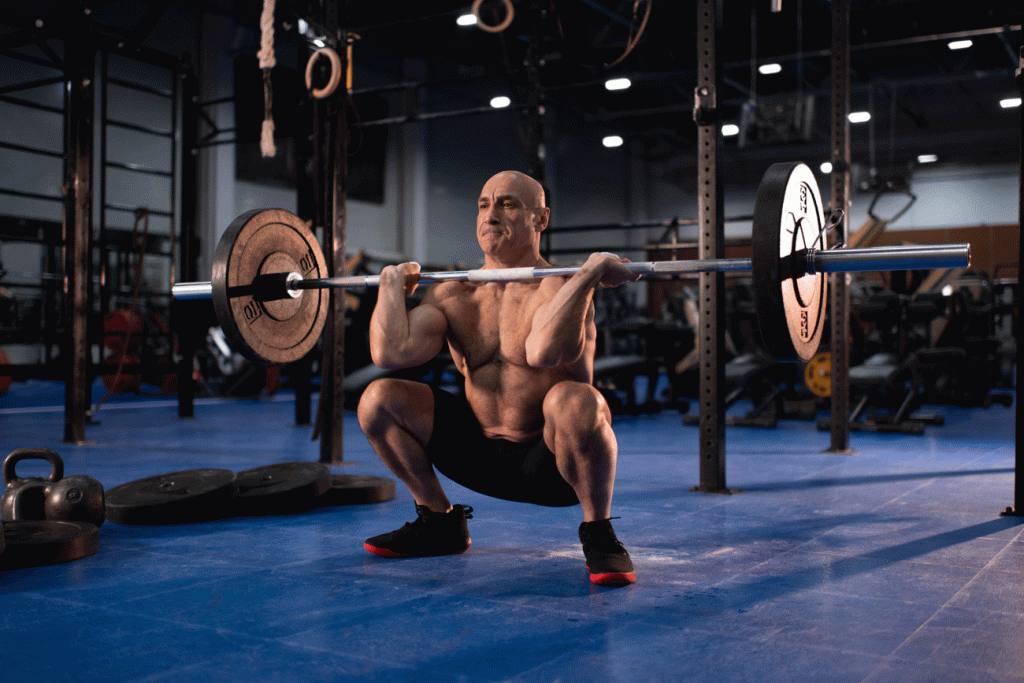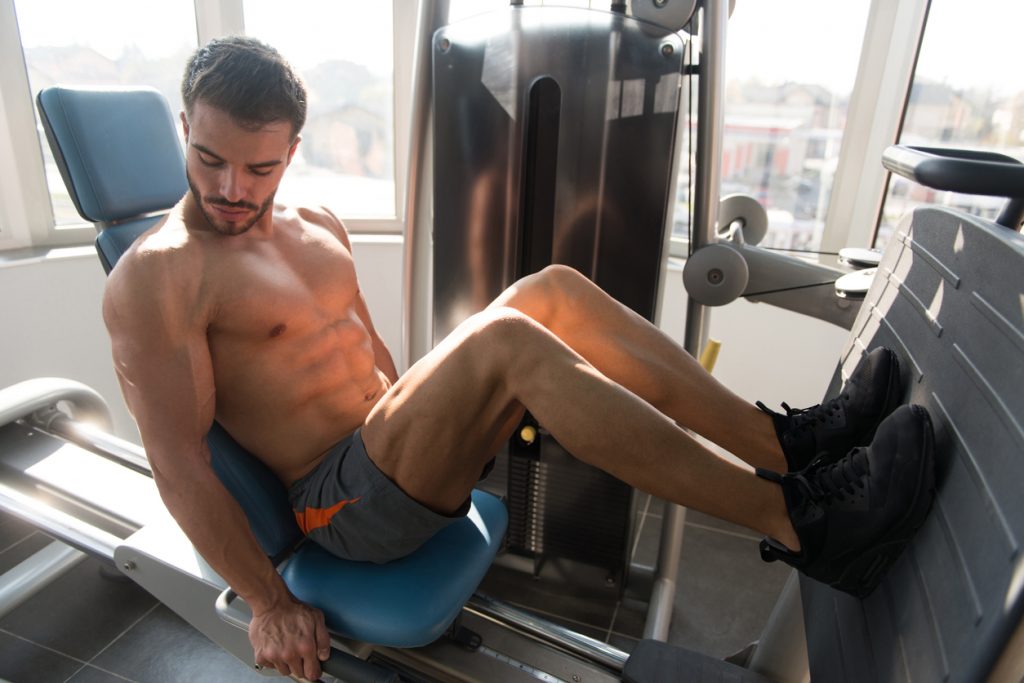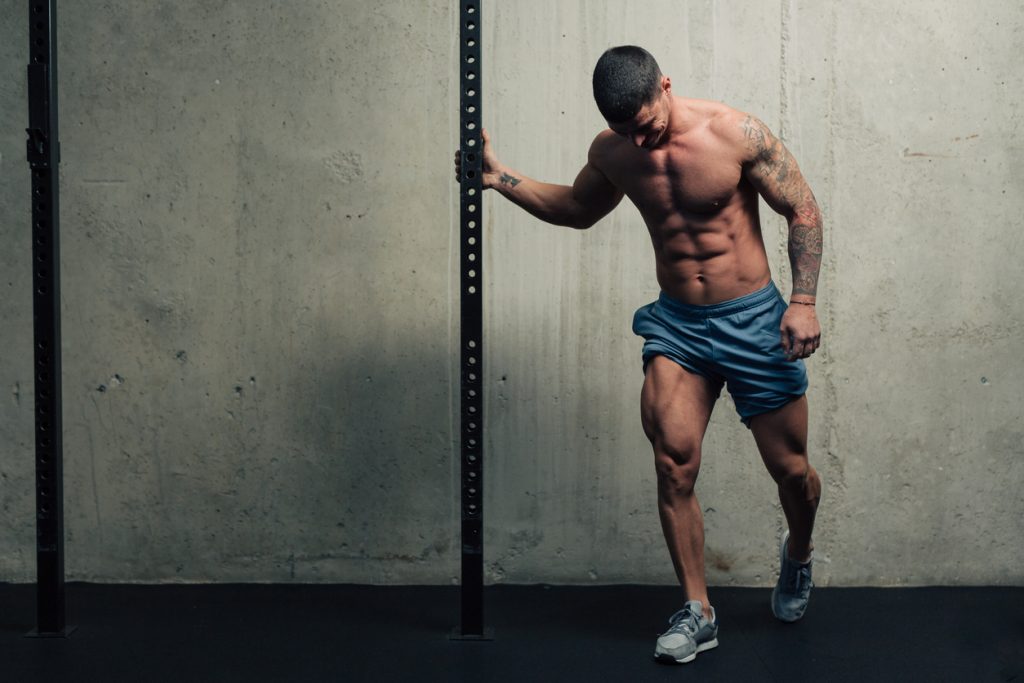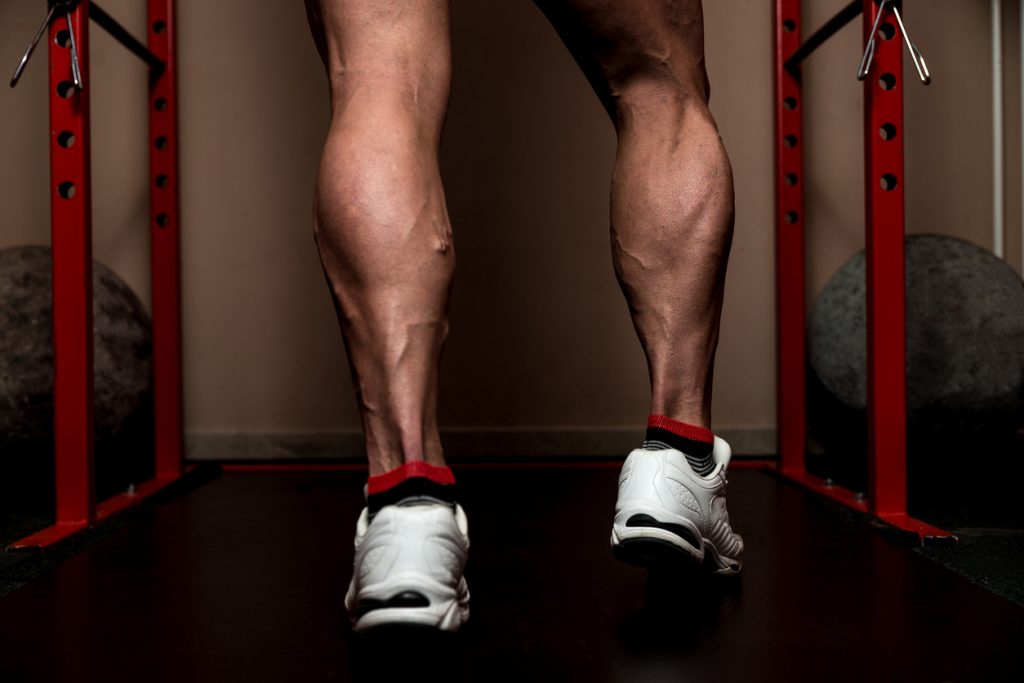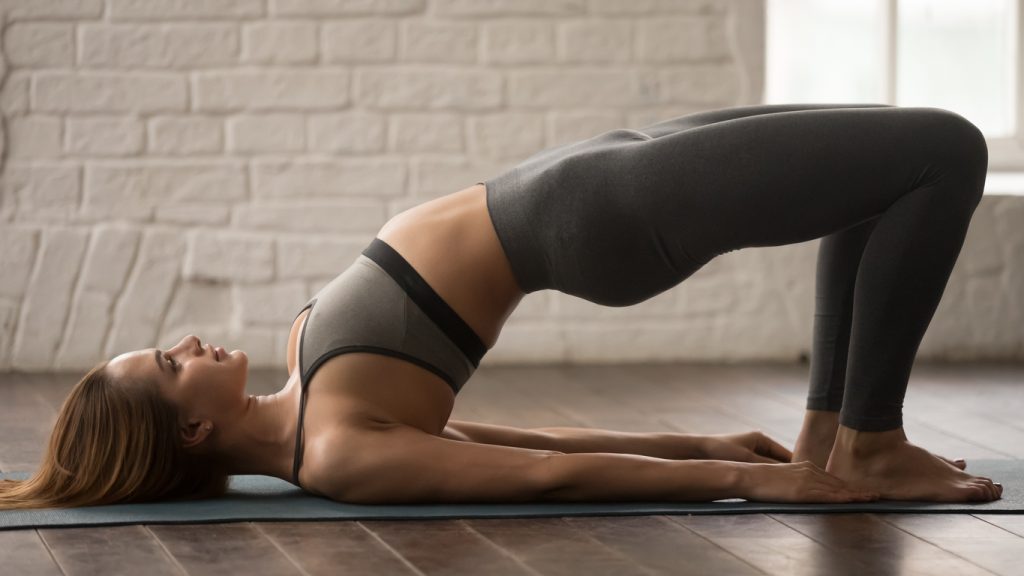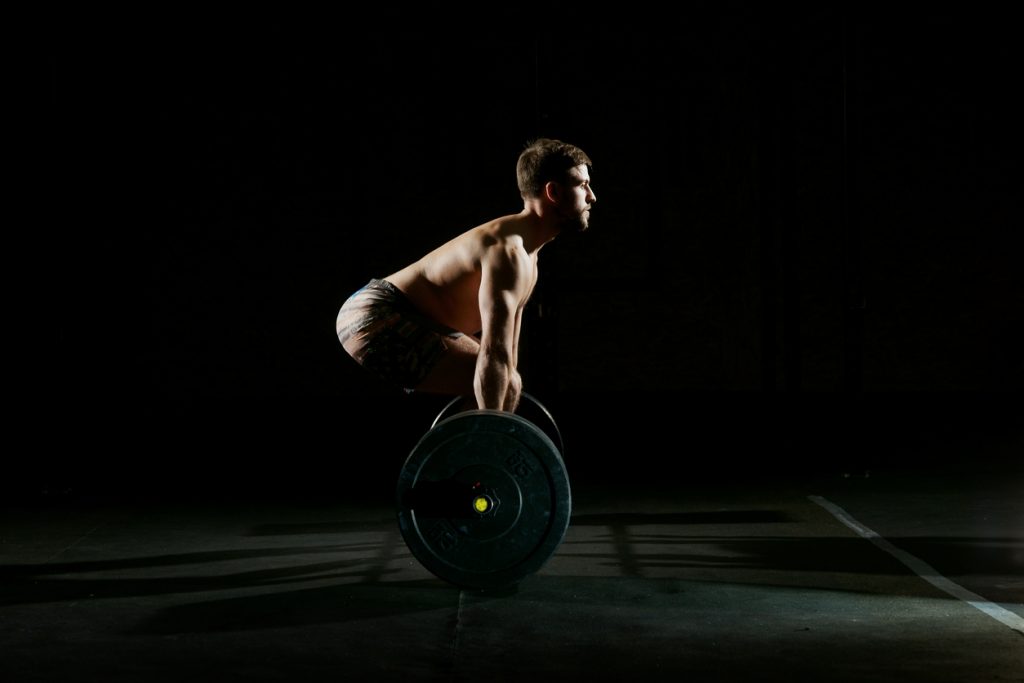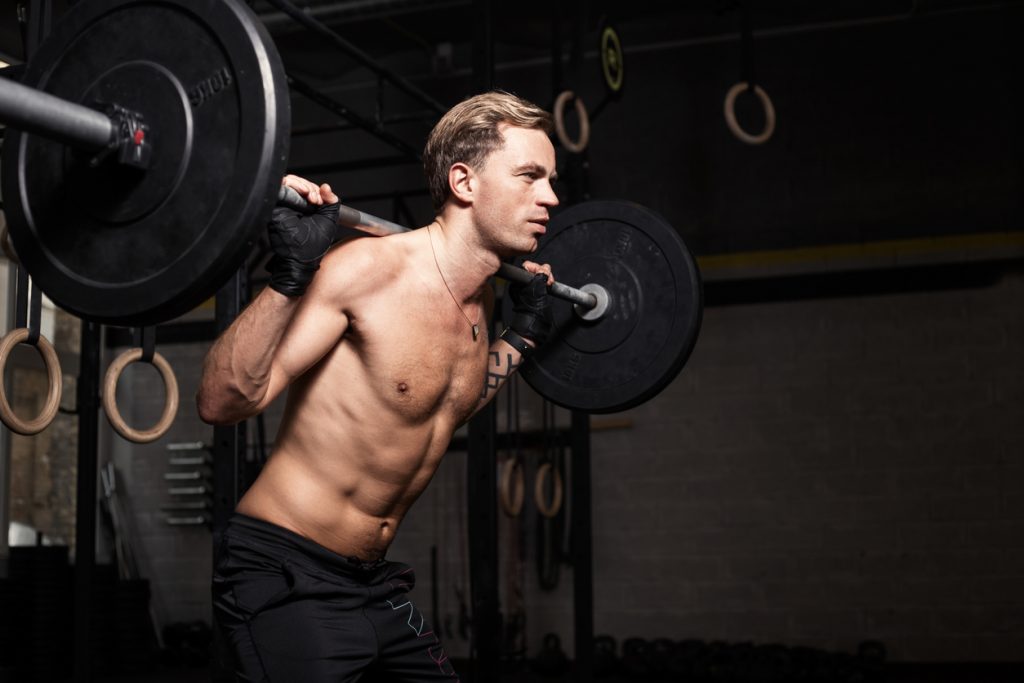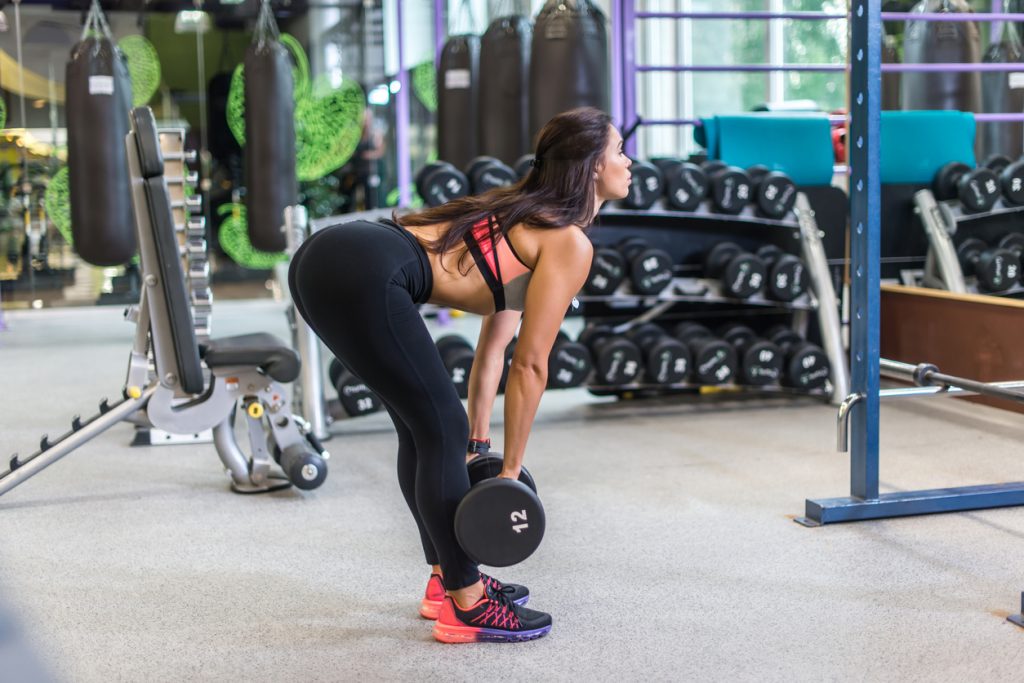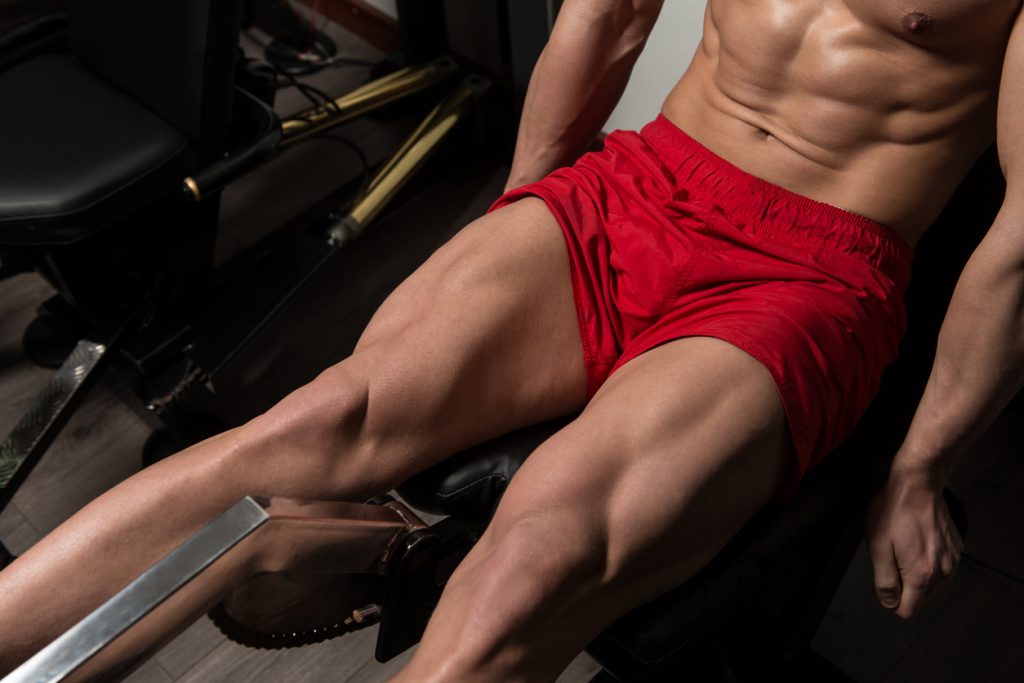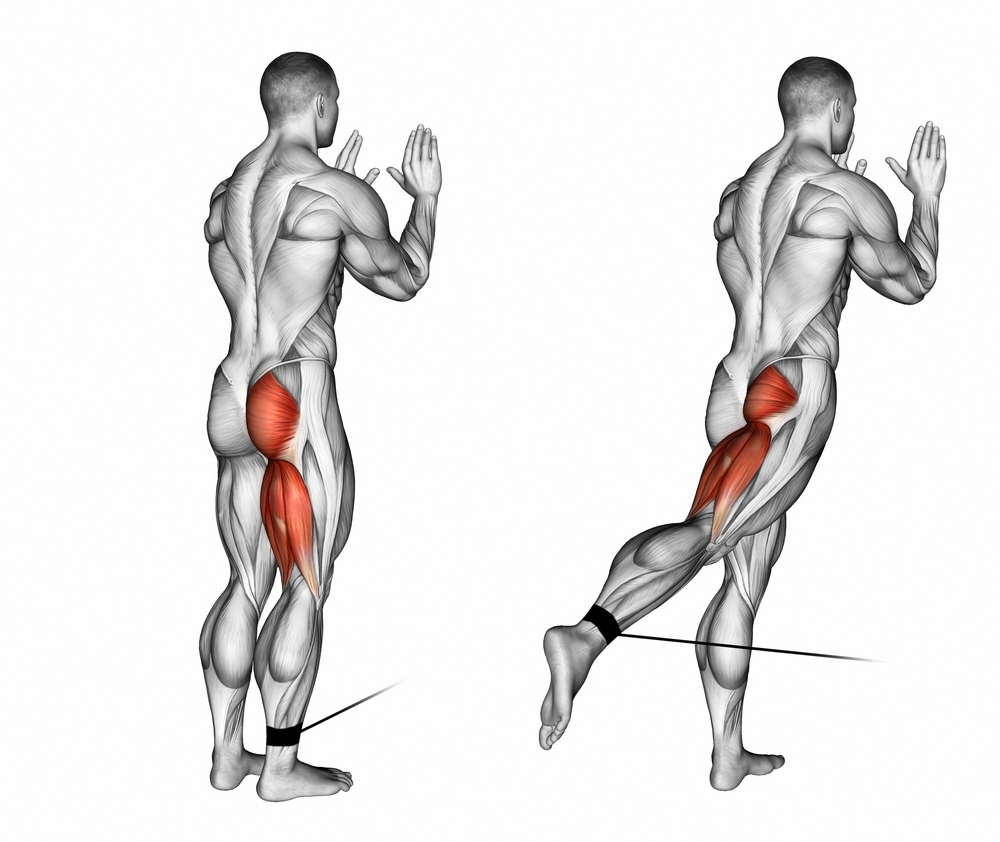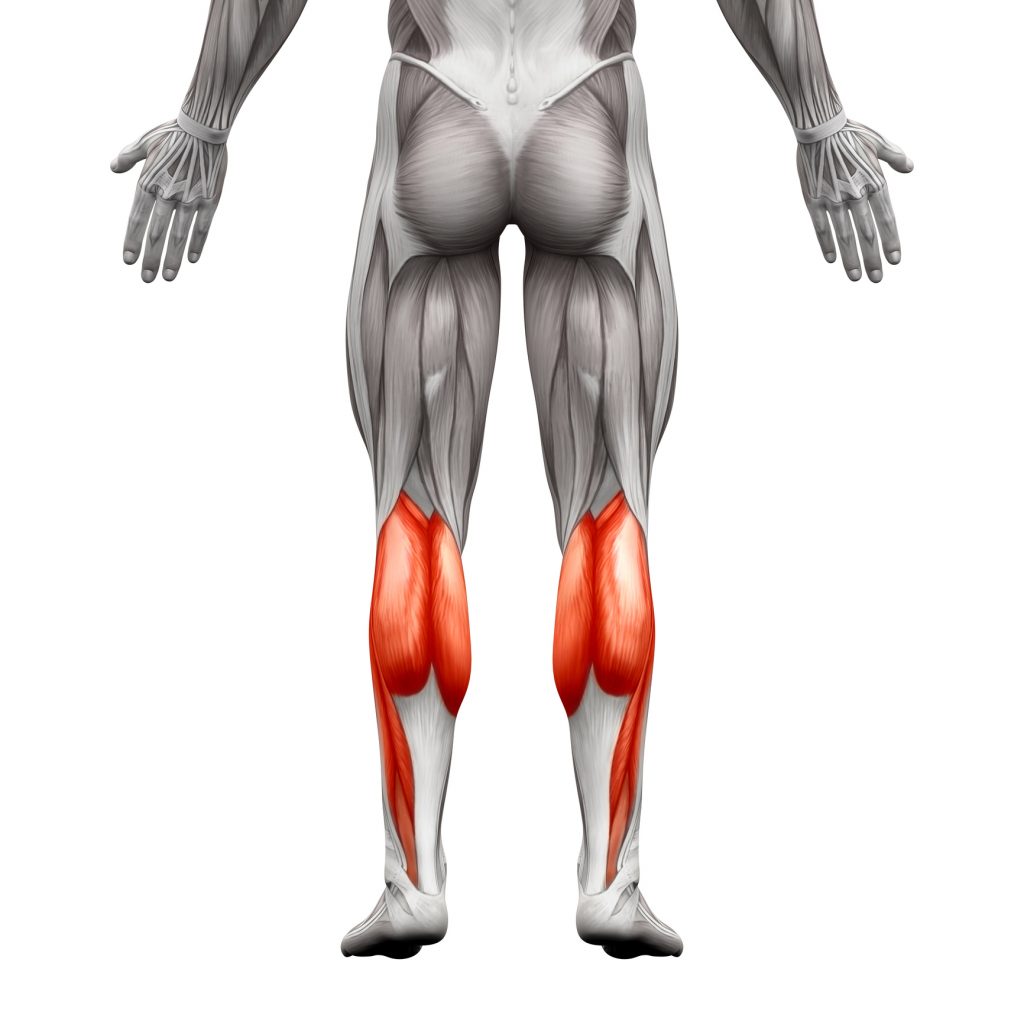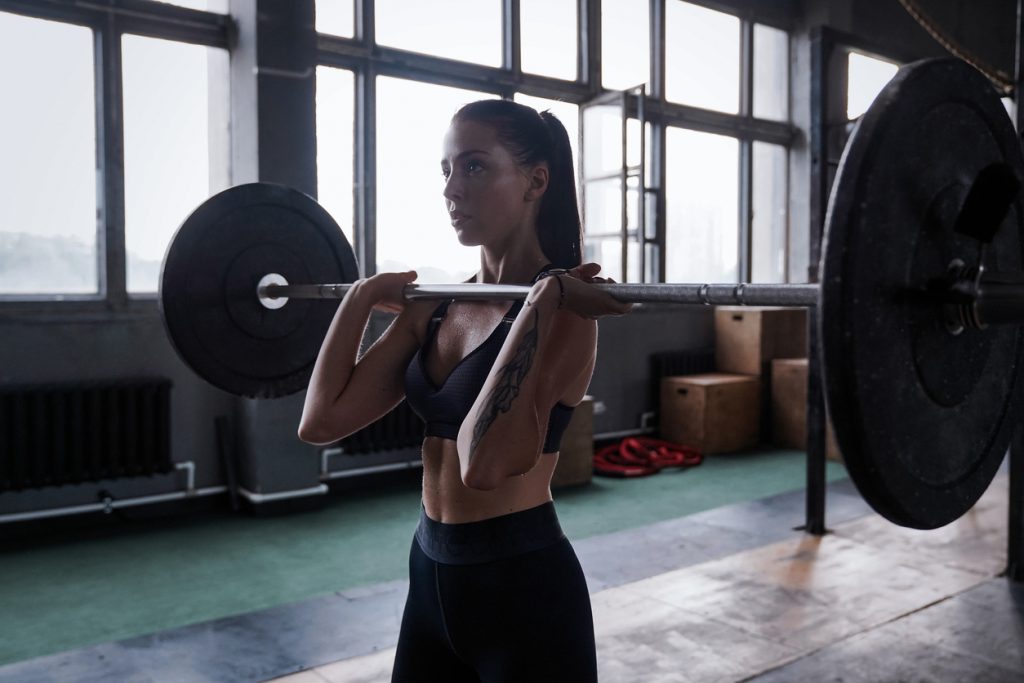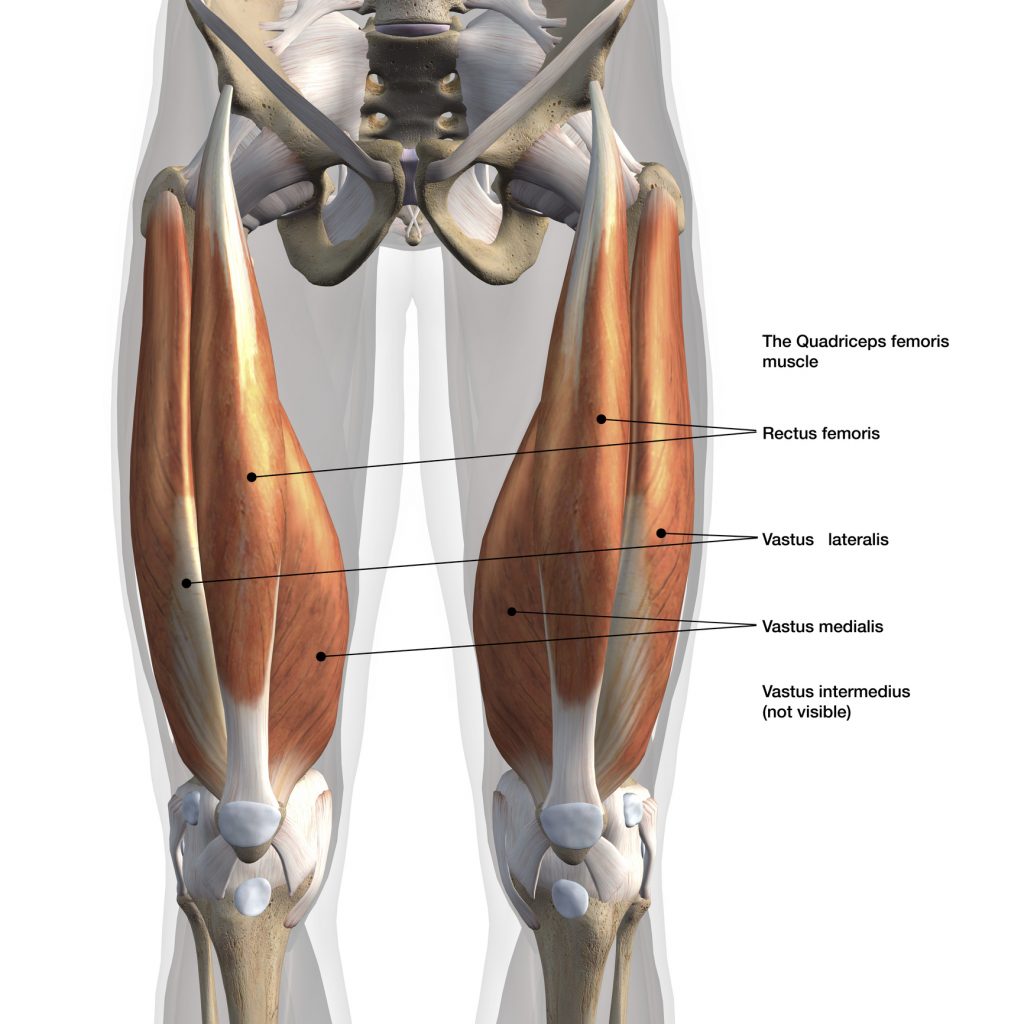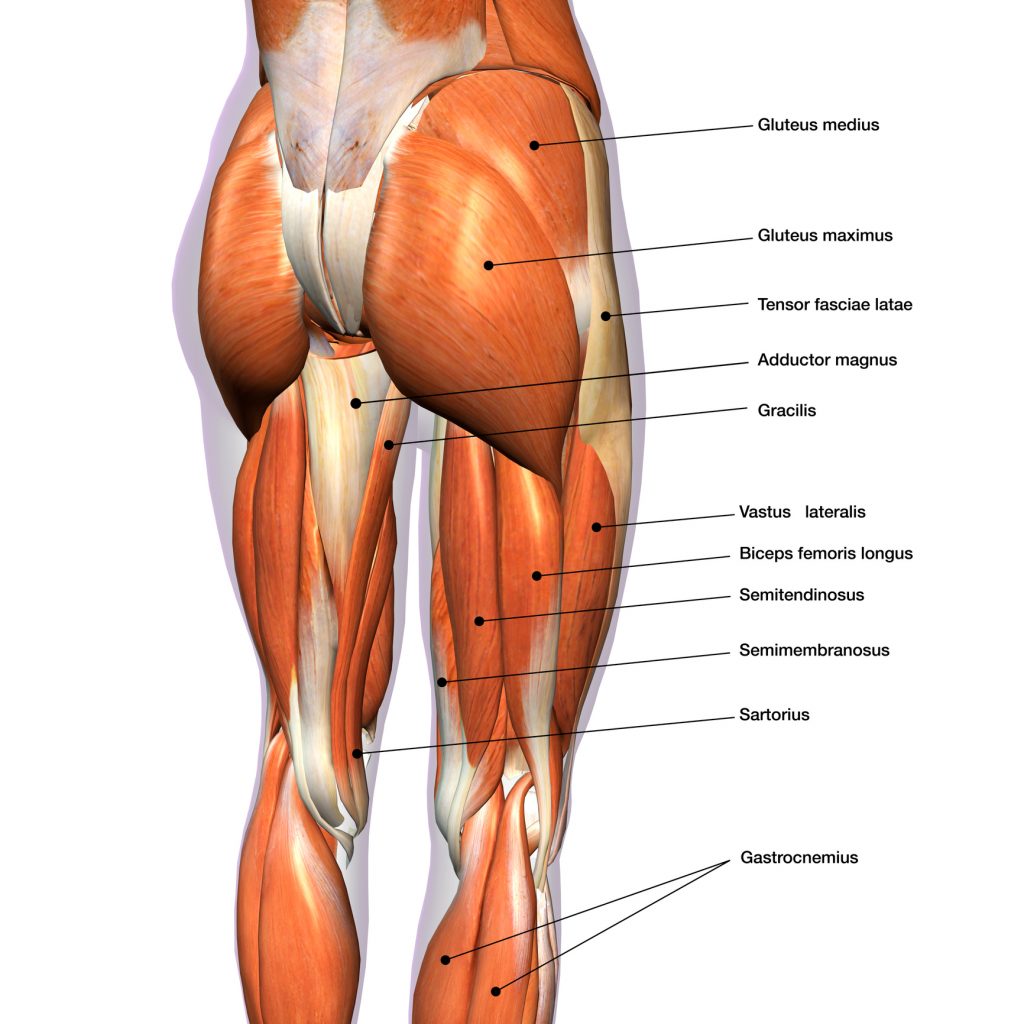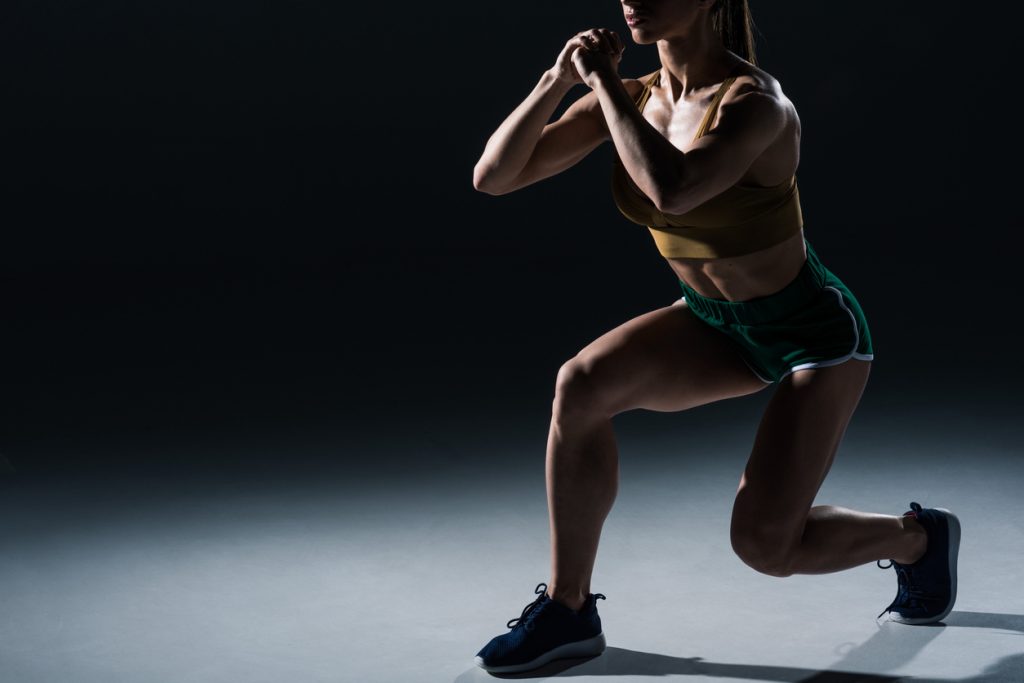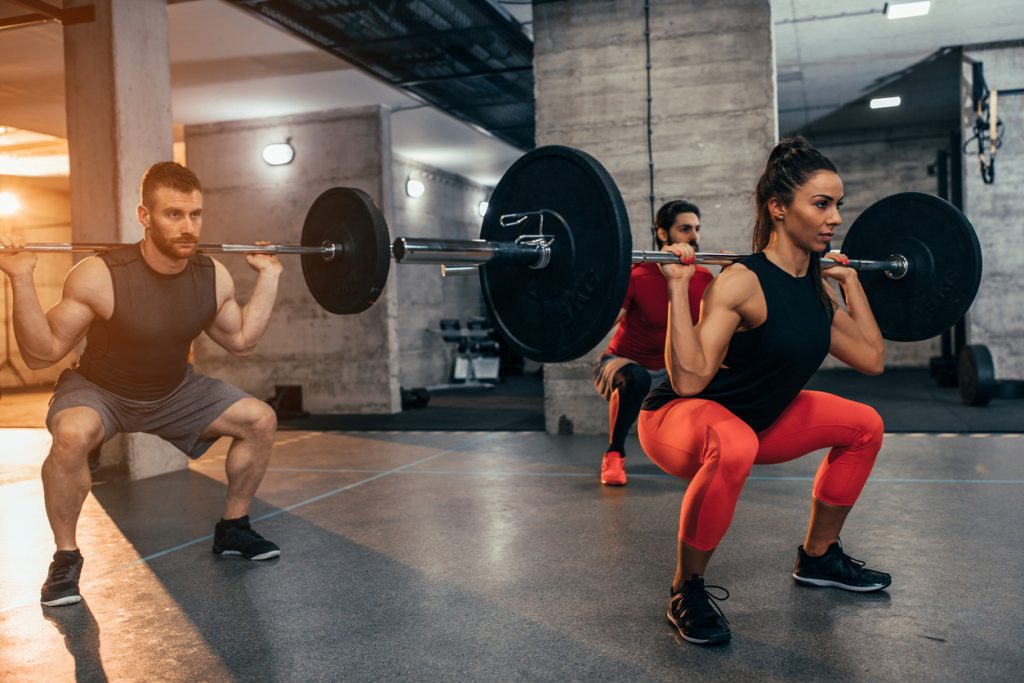The front squat is one of the lower body exercises that requires technicality and strength. Performed in the rules of art, it allows an athlete to surpass himself and to measure his strength.
The front squat
The front squat is a variation of the traditional squat, which consists of performing the movement with the bar in front of you. This exercise allows you to work mainly the quadriceps (rectus femoris, vastus intermedius, vastus medialis and lateralis). It also works the gluteal muscles, abdominal muscles, adductors, erector spinae muscles and hamstrings.
Performing the front squat
The front squat should be performed as follows:
- Standing with feet shoulder width apart, cross your arms to get under the barbell, positioned on the squat rack.
- Raise your head so that the bar is placed on your neck, below your Adam's apple. Then, lift the bar up so that it rests on the top of the pectoral muscles and the anterior deltoids (front of the shoulder). The cross arm position throughout the workout allows the bar to be very stable.
- Bend the knees to bring the thighs to the horizontal. The abdominals will be sheathed and the head aligned with the spine.
- At the bottom of the front squat movement, keep your natural arch and push on the legs to return to the starting position.
With regard to breathing, it is recommended to inhale sharply before the squat to maintain intra-thoracic pressure. This prevents the chest from leaning forward. Then breathe out during the leg extension phase.
Exceeding yourself with the front squat
Sportsmen and women, especially beginners, often do not see the difference between the back squat and the front squat. This is indeed possible. The difference between these two forms of squat lies in the body type and technique.
If, for example, a person has a long torso and short lower limbs, he will place his bar high on a back squat, with his legs not too far apart to get as far down as possible to the vertical and avoid the classic powerlifting position, low bar. He will maintain a wide leg span and limit the damage to the lumbar vertebrae, in order to avoid the good morning effect.
This person will not feel too much difference between the front squat and the back squat, especially in terms of quadriceps recruitment, as the descent is very similar.
On the other hand, for individuals who generally have a short torso and long lower limbs, the powerlifting technique of low bar and wide leg splits and the transition to the front squat will be crucial on the recruitment of the quadriceps.
Indeed, the vertical descent sheathed, with the bar placed in front, will direct the stress on the front of the thighs and thus neglect the posterior chain. This also helps to reduce lumbar tension.
Athletes falling into the category of the second example are those who experience a large difference in load and performance between the two squats. They may experience up to 30% difference in load between the two exercises.
For bodybuilders, the grip of a front squat is crossed. It is in fact the simplest position and requires the least flexibility, contrary to the weightlifting hold. Moreover, the grip is not an obligation. It makes it possible to pass the bar above the head during a clean and jerk. On the other hand, the cross grip also allows you to carry very heavy loads, while being just as stable.
The front squat is the exercise where you can really measure the strength of the athlete. Indeed, for example, if an athlete weighing 70kg performs a double body-weight, i. e. 2 times his weight for a max rep, this is a very good performance.
Very few athletes support the bar on their shoulders. They can be very powerful on a back squat with over 200kg, but struggle with a 120kg load on a front squat. Most athletes make the mistake of returning to the back squat for this reason.
However, you should not give up. To get strong in the front squat, there are alternatives.
A known solution that is always good to remember: if, despite the cross track, one still has difficulty holding the bar and lacks flexibility for the weighted grip, one can actually use the straps. This is a good method that has enabled many athletes, beginners and experts alike, to practice the front squat.
In order to increase performance, it is also advisable to practice both the front squat and the back squat.

